
The Benefits of Radiant Heating Explained
Solaira has made educating customers a fundamental practice. As technology improves, we pride ourselves on informing our customers on radiant heating and control advancement. Our team of engineers and designers will help you through the process, starting with a design plan, product selection and installation. But in the meantime, educate yourself on various topics associated with radiation, heat transfer properties, the differences between heating wave lengths and assorted topics.
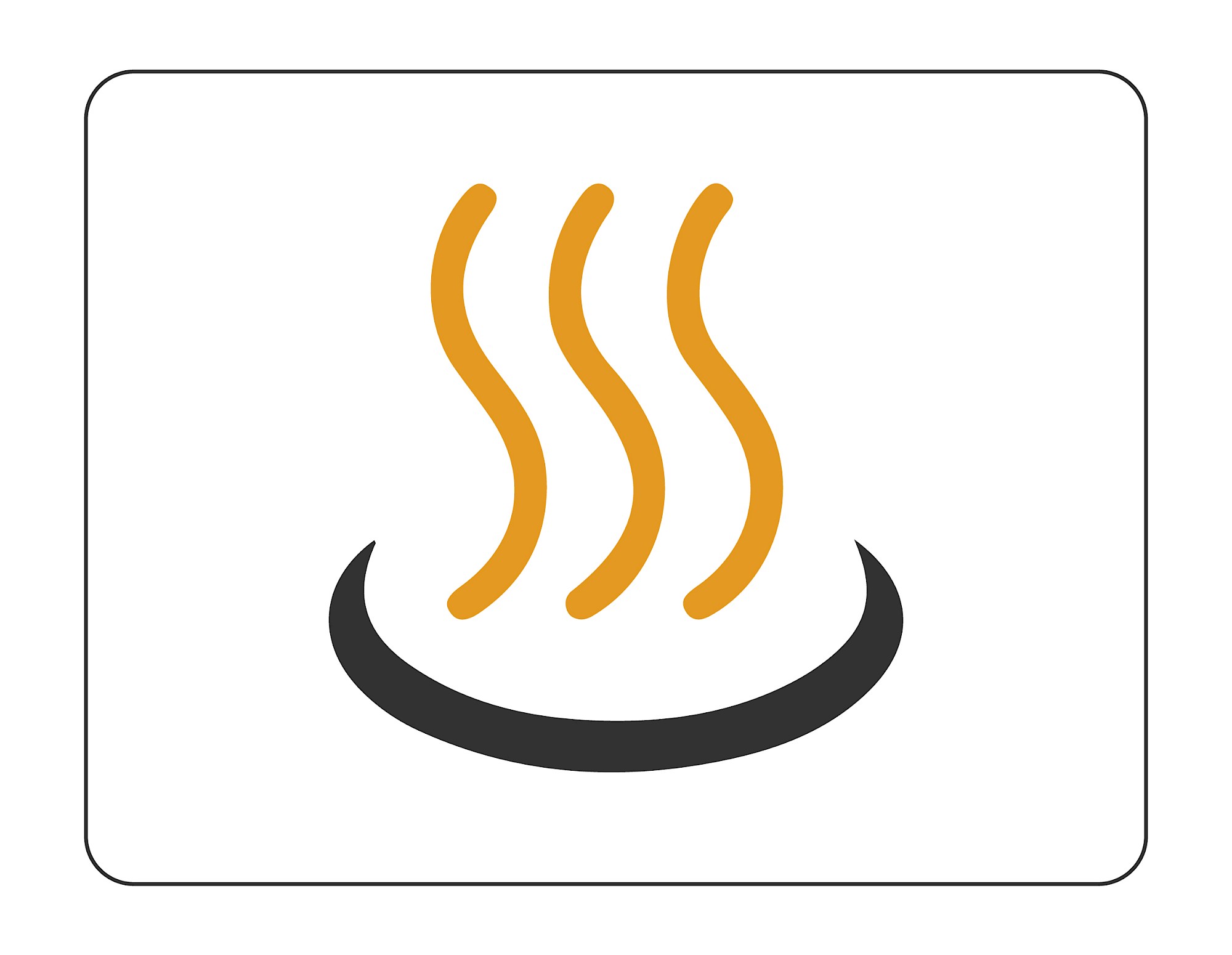
The Science of Heat Transfer
How does heat transfer between objects?
Before introducing the science of radiant infrared heating, it is best to first understand the methods of heat transfer. Heat is a form of energy that can be transferred between objects. Heat can be lost or gained from any object, from a warm drink loosing heat to the surroundings to stepping into a warm shower. There are three ways heat transfers: Conduction, Convection and Radiation.
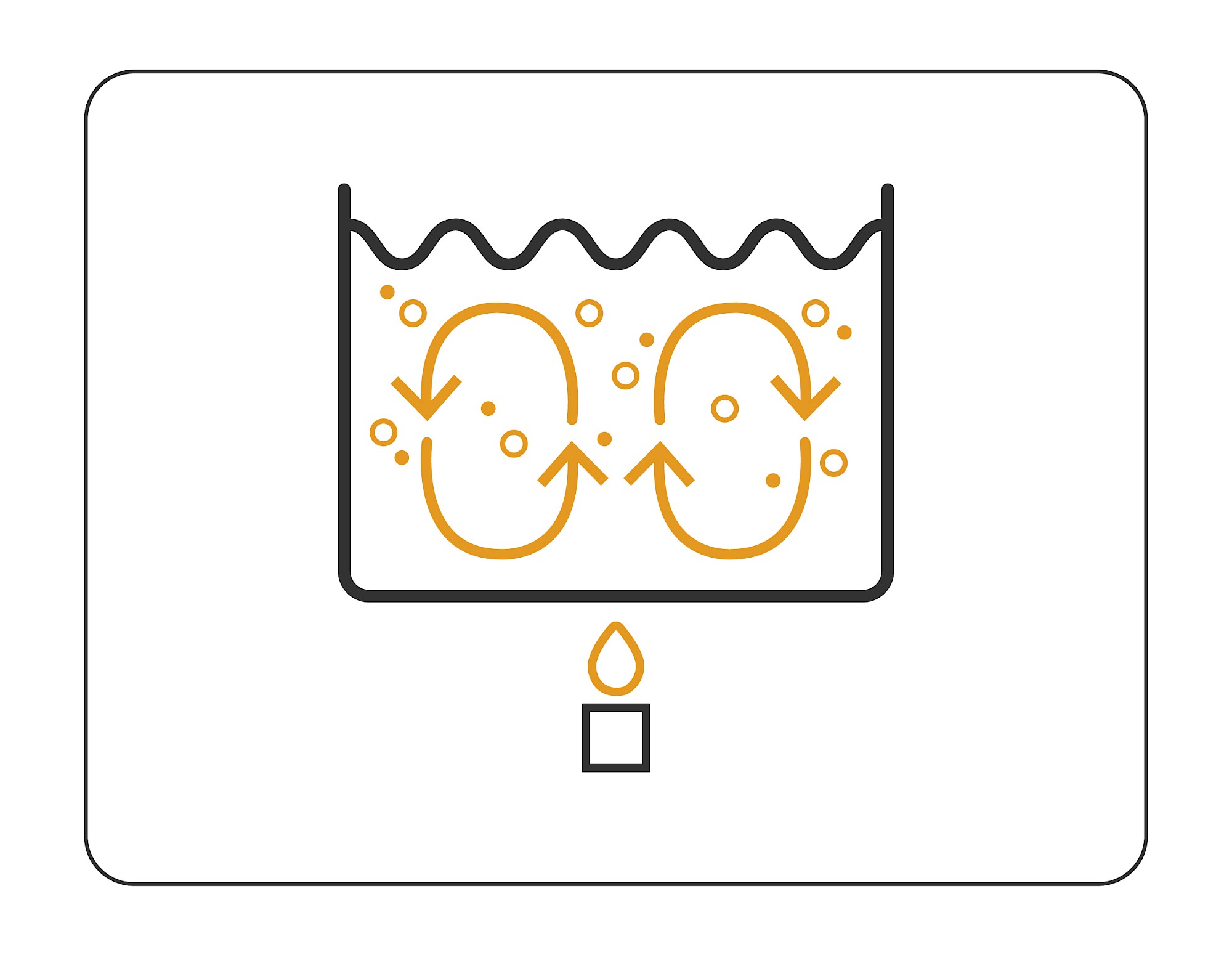
Methods of Heat Transfer
Convection Method
Convection is heat transfer by Air. Convective heat transfer can be physically felt by stepping outside on a cold winter day. The cold sensation you feel is caused by the loss of body heat into the cold environment. Heat can also be gained by convection, an example being using a hand or hair dryer.
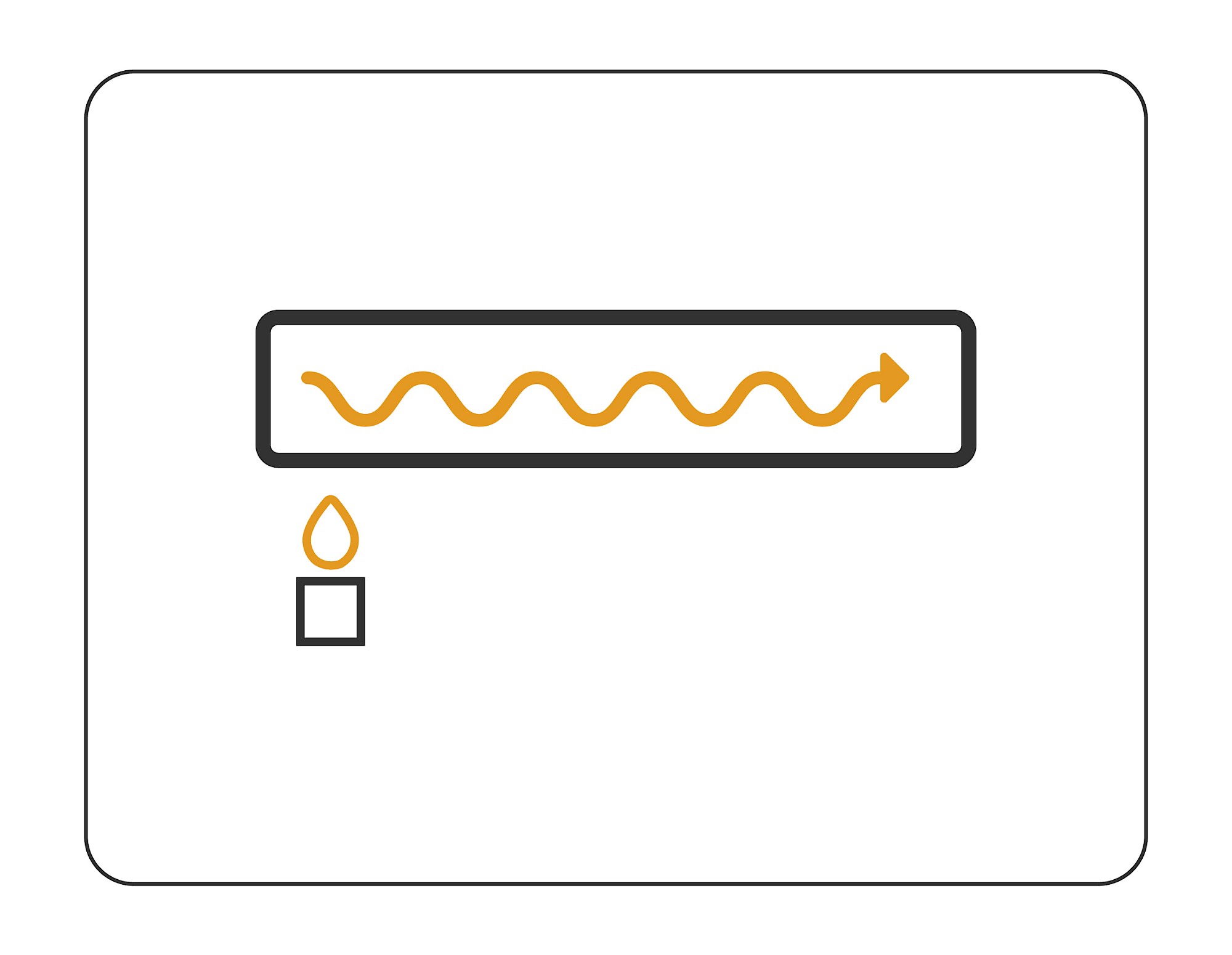
Methods of Heat Transfer
Conduction Method
Conduction is heating transfer by contact between objects. For the heat to transfer, the objects must be touching. A simple example of conduction is placing your hand around a warm cup or mug. Heat transfers from the mug into your hand. Heat can also be lost by convection; an example being holding an ice cube.
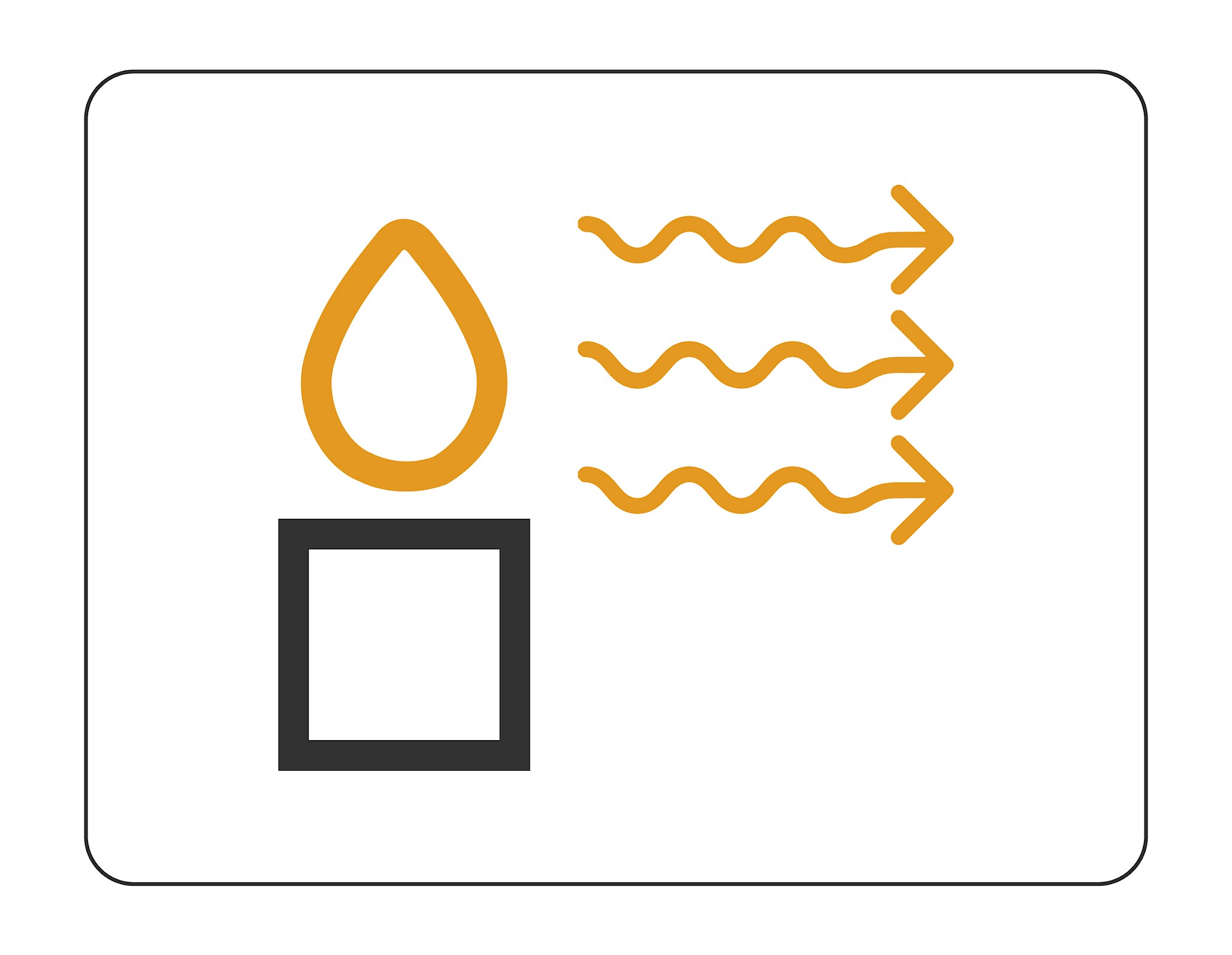
Methods of Heat Transfer
Radiation Method
Radiation: Radiation is heat transfer from hot objects through space. Radiation does not need physical contact or air to be transferred – the energy is transferred through space between objects. An example of heat transfer by radiation is the warmth you feel when the sun comes out from behind clouds. With a clear line of site to the sun, you can feel the heat it produces. Solaira heaters use the same method to transfer heat to people – the heat has virtually no effect on air temperature. Radiation is unique – the amount of radiant energy an object emits is highly dependent on the object surface temperature. In addition to emitting more heat, very hot objects will also emit light. Heat can also be transferred by a combination of Conduction, Convection and Radiation.
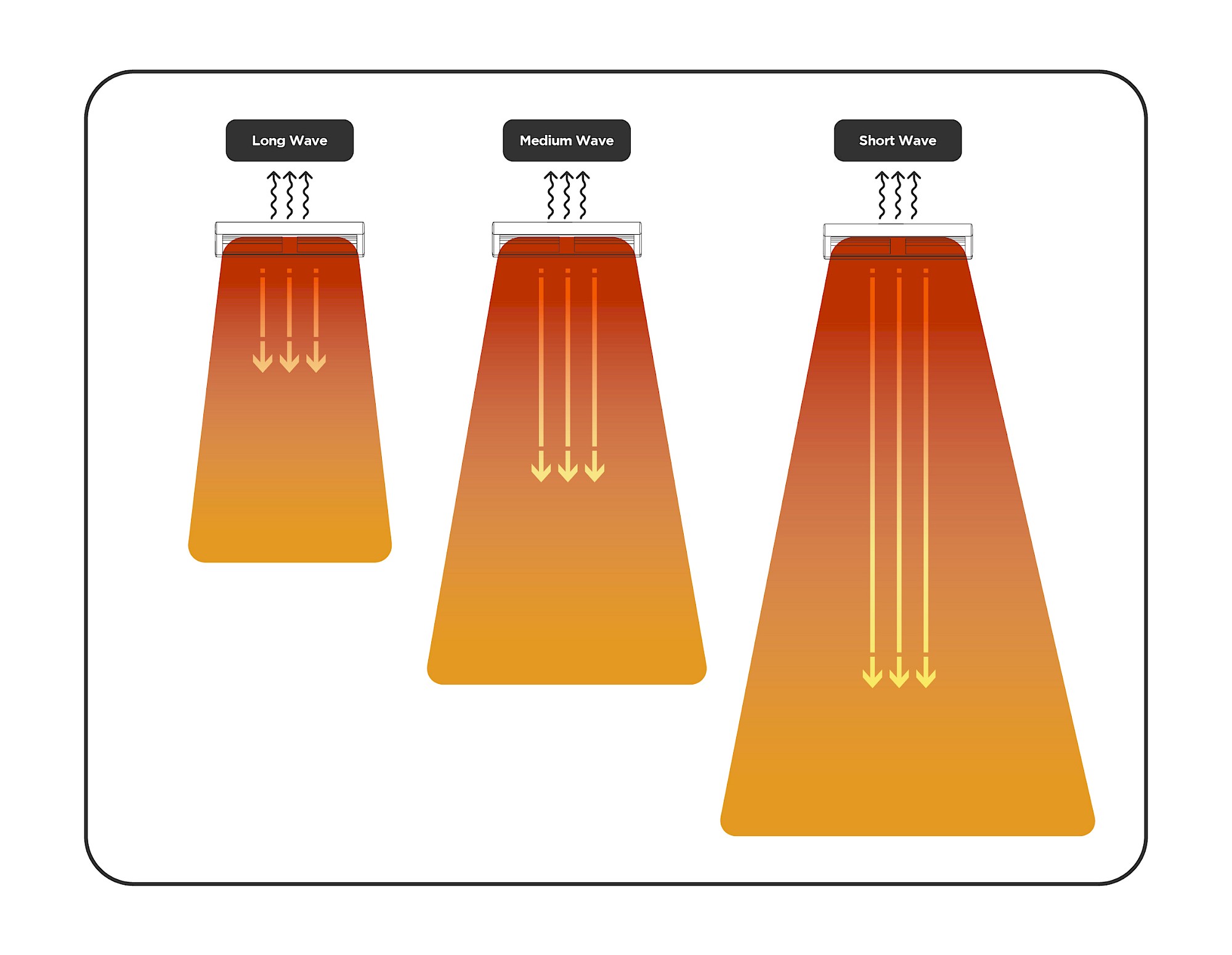
Radiant Heaters
Not all radiant heaters are created equal
The term Radiant heater covers everything from “Radiant” in-floor heating up to Solaira’s high power radiant heaters. In fact, majority of Radiant heaters produce more convective heat than radiant heat. High efficiency radiant heaters must be glowing hot and produce light – the hotter the object, the higher the radiant energy delivered to the space. Solaira heaters use short wave emitters with an advanced glare reduction coating, specifically designed to filter out wavelengths of light energy in the visible spectrum.
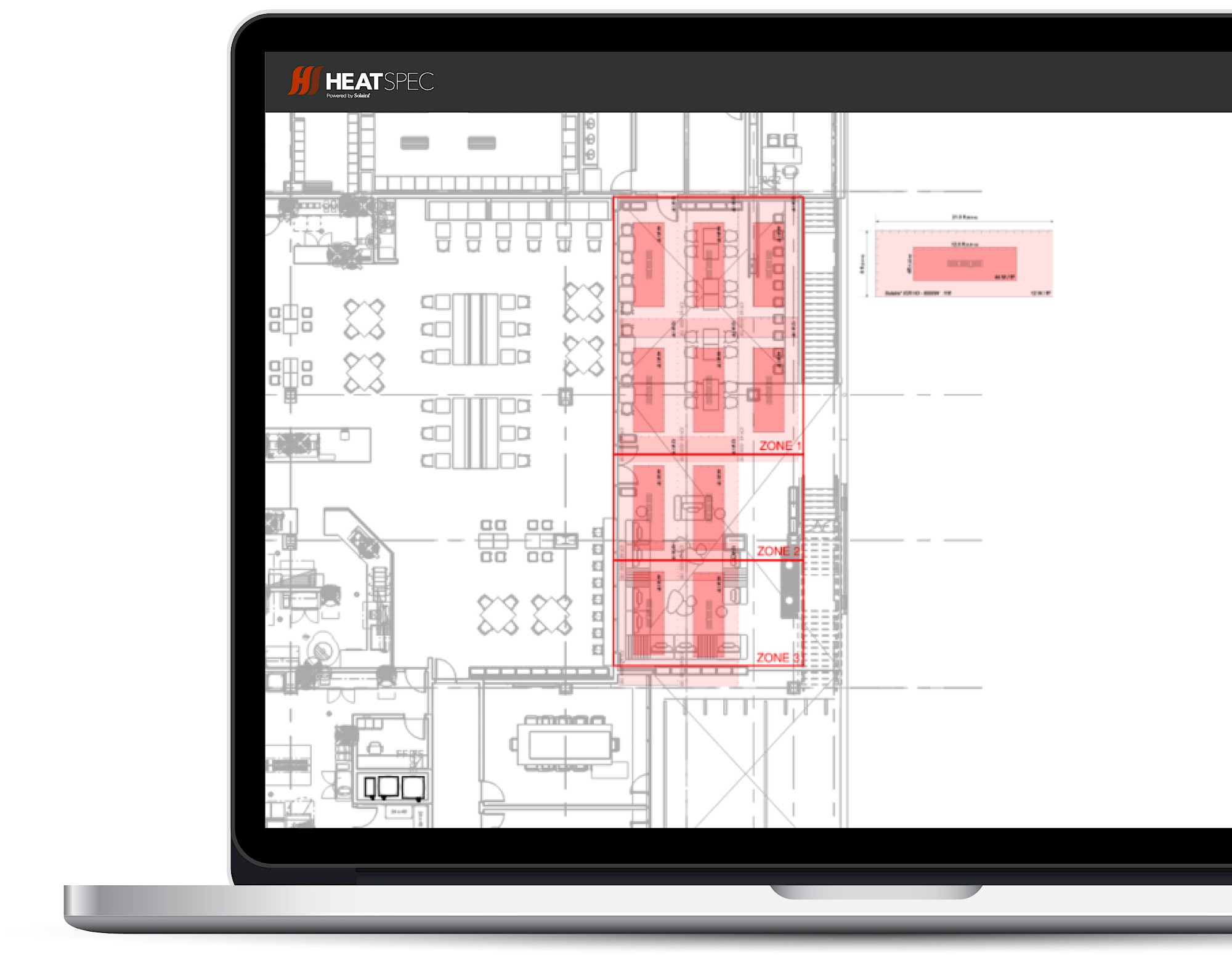
Heat Spec
Data Driven Heater Layouts
Solaira Heat Spec delivers data-driven coverage areas with radiant wattage/square foot metrics, while considering environmental conditions and site-specific circumstances. Our Applications Engineering team can help support with a Solaira Heat Spec engineered layout that brings a heat visualization to your customers, project owners or facility managers.
Trusted by global design leaders and architects













